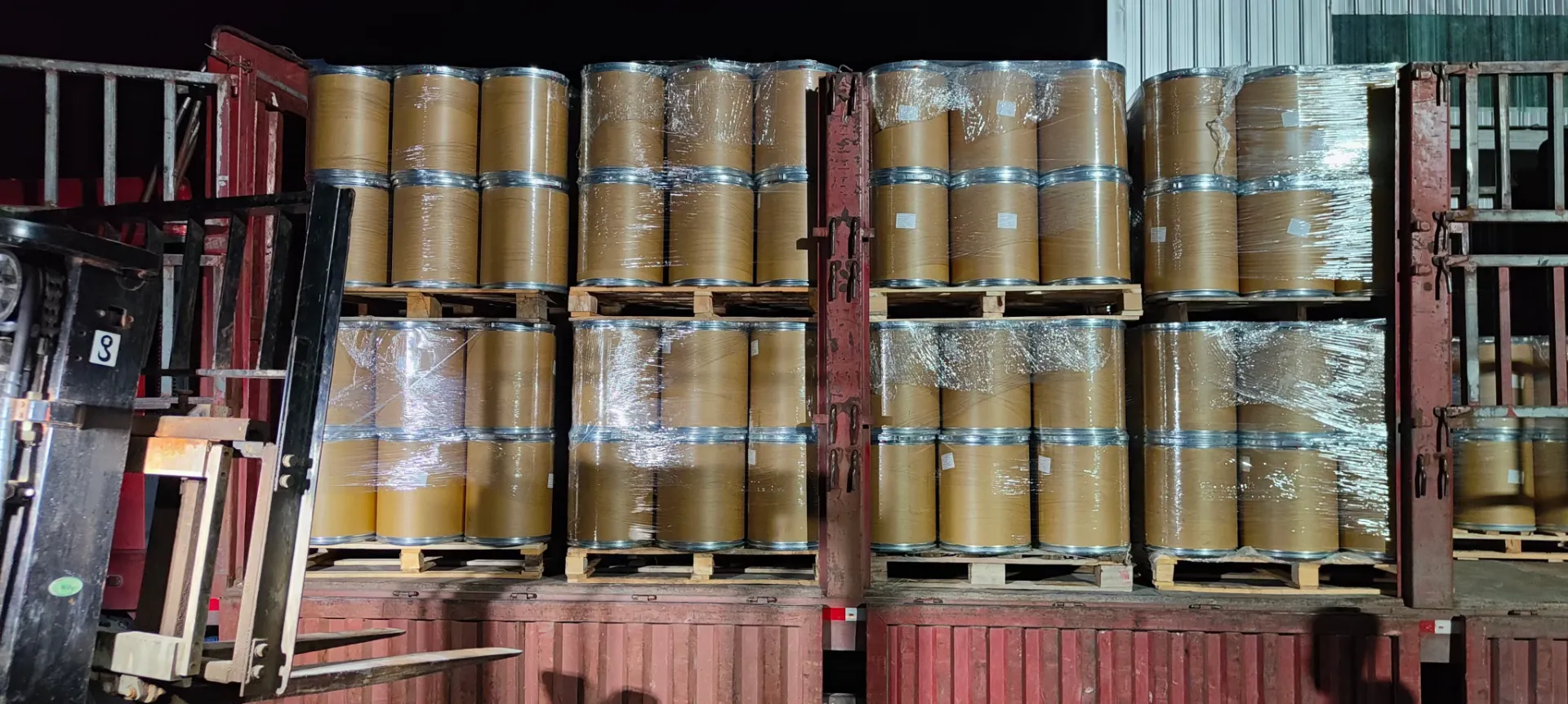6 chloro 1 3 dimethyluracil
Understanding the types of flocculants in water treatment is crucial for industries seeking efficient and sustainable solutions. Flocculants are essential chemicals implemented to enhance the sedimentation or clarification of small particles in water treatment processes. Recognized for their pivotal role in purifying water, flocculants aid in the coagulation process, helping suspended particles form larger aggregates, which can be easily removed.
Flocculants fall into two main categories organic and inorganic. Inorganic flocculants are typically mineral-based and include compounds such as aluminum sulfate, ferric chloride, and poly-aluminum chloride. These substances function by neutralizing the charges on particles, enabling them to clump together. Despite their effectiveness, inorganic flocculants often leave residual metals in the water, which can be a concern for environmental and health standards.
Organic flocculants, particularly polymers, are increasingly favored due to their lower environmental impact and efficiency at lower dosages. These can be subdivided into natural and synthetic polymers. Natural polymers include starch, chitosan, and guar gum, known for their biodegradability and compatibility with organic systems. They offer a sustainable option but may require higher dosages compared to their synthetic counterparts. Synthetic polymers, like polyacrylamides, are widely used due to their tailor-made properties to address specific needs and provide exceptional performance in diverse conditions.
Product innovation is a core aspect driving the evolution of flocculants in water treatment. Cutting-edge research and development have facilitated the creation of specialized flocculants that not only optimize performance but also mitigate environmental risks. The development of hybrid flocculants, blending natural and synthetic molecules, stands testament to this innovation. These hybrid solutions provide enhanced aggregation capabilities and reduced chemical footprints.types of flocculants in water treatment
The selection of an appropriate flocculant is a science in itself, influenced by factors such as water composition, the nature of the impurities, regulatory constraints, and economic considerations. Process engineers employ jar testing, and other empirical methods to ascertain the most effective flocculant type and dosage for their specific application. This decision-making process is bolstered by a comprehensive understanding of the chemical properties and interactions at play, underpinning the critical nature of expertise and experience in water treatment operations.
From an expertise standpoint, the use of advanced monitoring systems and predictive analytics enhances the application of flocculants. These technologies provide real-time data on water quality, facilitating precise dosage adjustments and optimizing flocculation efficiency. The integration of AI-driven models offers predictive insights that improve the adaptability and responsiveness of water treatment processes, reinforcing their stability and reliability.
Furthermore, adhering to authoritative and trustworthy practices in the use of flocculants ensures compliance with environmental regulations and establishes the credibility of water treatment operations. Certifications and third-party audits validate the efficacy and safety of the flocculants used, bolstering stakeholders' confidence in water treatment solutions.
In conclusion, the diverse types of flocculants in water treatment underscore the intricate balance between operational efficiency and environmental stewardship. As industries pivot toward sustainable practices, the role of flocculants and the expertise in their application will continue to evolve, supporting the overarching goals of cleaner and safer water for all. The ongoing advancements in chemical formulations and process technologies will undoubtedly contribute to improved outcomes, positioning water treatment at the forefront of environmental innovation.
More product recommendations



